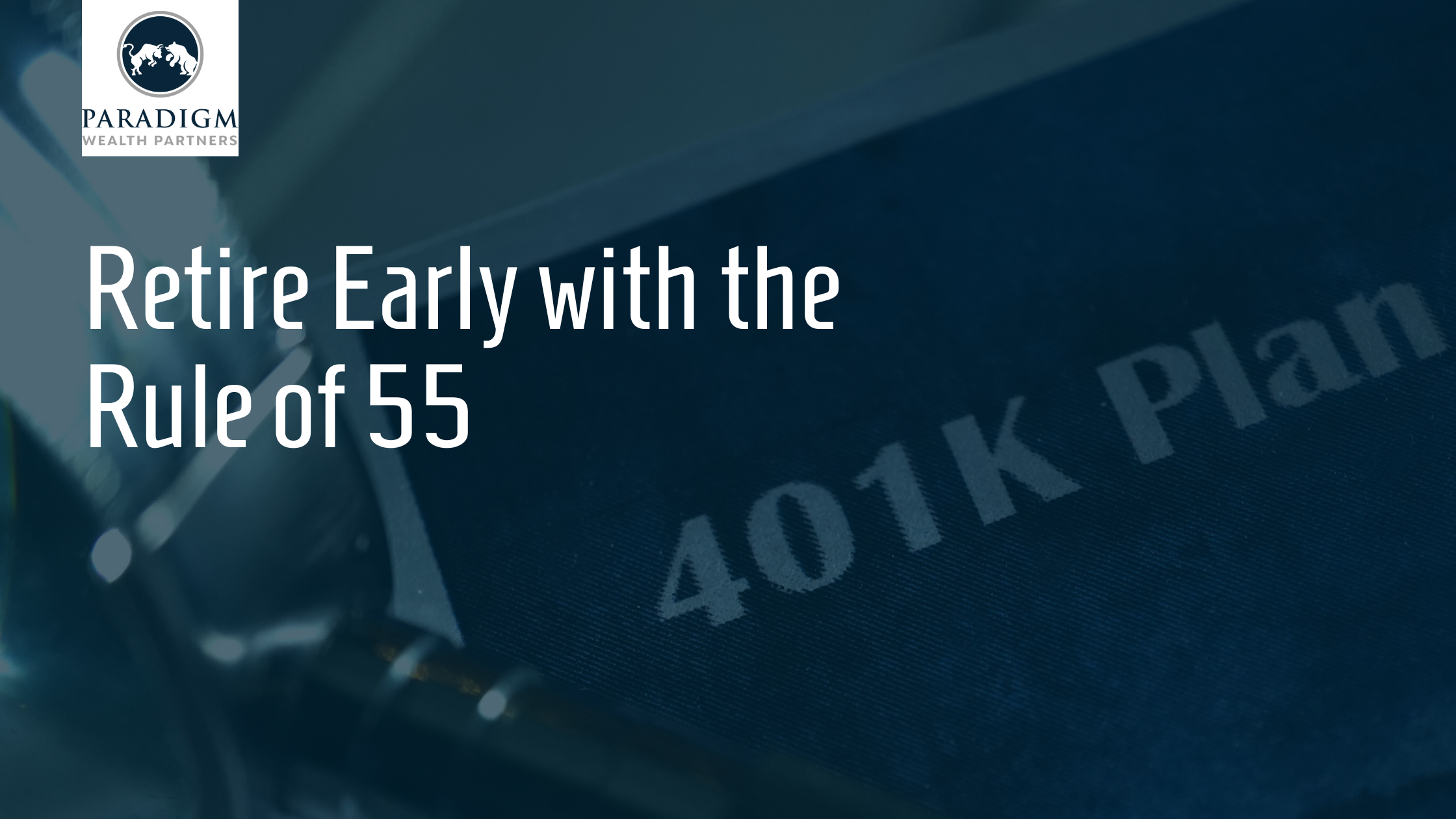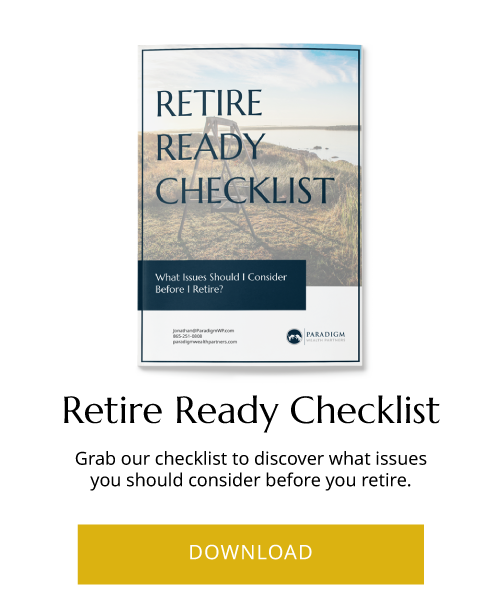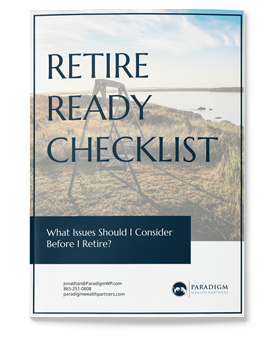The IRS has a lot of rules, as anyone who has ever tried to do their own taxes knows! And most of those rules are annoying and cost us money. But there is one IRS rule that is actually helpful for those looking to retire early, the Rule of 55.
We’ll discuss the rule and see how it can be used when you’re ready to call it quits.
What is the Rule of 55?
Most of us are aware that you have to be at least age 59 1/2 before you can start making withdrawals from your 401(k) without paying a 10% early withdrawal penalty. But many may not be aware of a workaround for this rule; the Rule of 55.
The Rule of 55 is an IRS rule that allows you to withdraw money from your 401(k) plan with your current employer without paying the 10% penalty if you leave your job for any reason, early retirement, being laid off, or fired, in the calendar year during which you turn 55.
Using the Rule of 55 to Retire Early
You can’t game the system too much to retire early. The rule doesn’t apply if you retire at 52 and then start taking withdrawals at 55.
You can, however, retire at 55, start taking penalty-free withdrawals, and then go back to work, part time or full-time. Maybe you were just feeling burned out, decided to take a year or two off, and then bored, decided to start working again! You can continue taking withdrawals from that same 401(k) you were withdrawing from already.
A plan participant leaving an employer typically has four options (and may engage in a combination of these options), each choice offering advantages and disadvantages:
- Leave the money in his/her former employer’s plan, if permitted
- Rollover the assets to his/her new employer’s plan, if one is available and rollovers are permitted
- Rollover to an IRA
- Cash out the account value
Rolling over your 401(k) from your old job to your new one may be especially wise if you plan to use the Rule of 55 to retire early. You can only apply the rule to the funds in your 401(k) at the job you leave, not any old 401(k)s you’ve left at previous employers.
Before making any decisions, talk to the administrator of your 401(k) plan to make sure they allow multiple withdrawals and not a one-time lump sum withdrawal. A one-time withdrawal could mean you have a much bigger tax bill for that year than you were expecting.
Also, note that the Rule of 55 does not apply to IRAs.
The Rule of 55 and Required Minimum Distributions
The IRS penalizes you for withdrawing money from retirement accounts too early and penalizes you for not making withdrawals after a certain age too! Required Minimum Distributions (RMDs) require you to withdraw at least a minimum amount from retirement accounts starting in the year you turn 72.
These RMDs can mean a big tax bill, but you can use the Rule of 55 to reduce that bill. Talk to your tax planner to use the Rule of 55 to reduce the amount calculated in your future RMDs.
Alternative Ways to Avoid 401(k) Early Withdrawal Penalties
There are other ways you can avoid the early withdrawal penalty for your 401(k):
- You suffer a total and permanent disability
- You have medical expenses that exceed 7.5% of your adjusted gross income
- The withdrawals were made because of an IRS levy plan
- Qualified disaster distributions
- You qualify as active duty or qualified reservist
We’re Here to Help!
If you have questions about early retirement, the Rule of 55, or any other matters related to financial planning, we’re here for you. Schedule a call so we can help you Live the Life You Love.
Paradigm Wealth Partners and LPL Financial do not provide tax advice. Clients should consult with their personal tax advisors regarding the tax consequences of investing.
Content in this material is for general information only and not intended to provide specific advice or recommendations for any individual.



